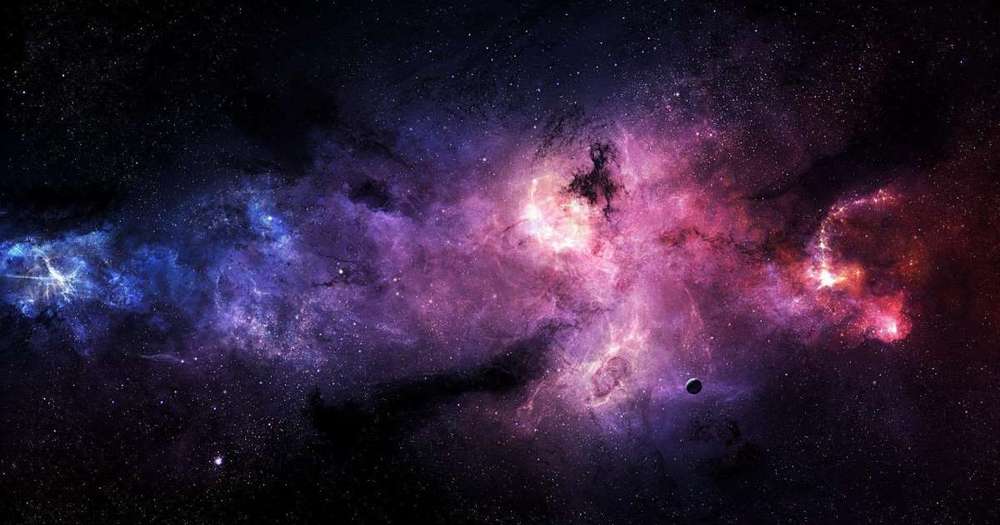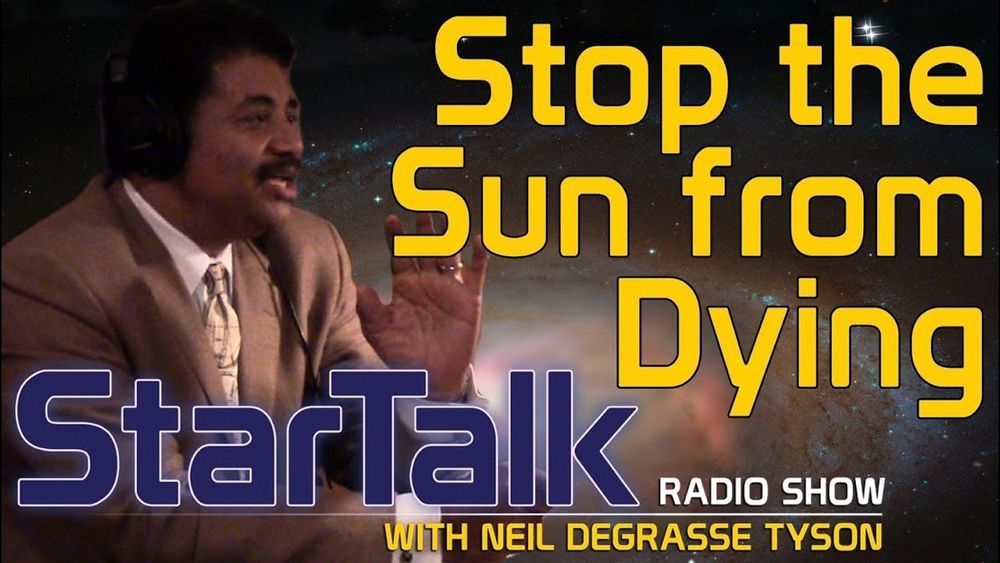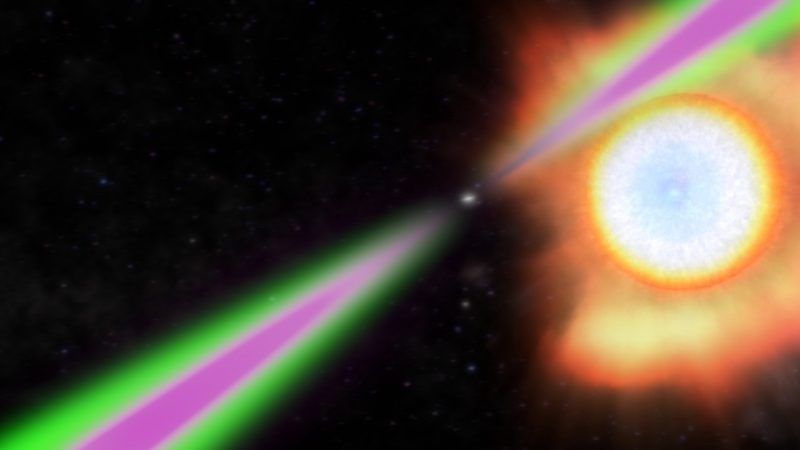Researchers at the University of Helsinki in collaboration with researchers from Åbo Akademi University (Finland) and Huazhong University of Science and Technology (China) have developed a new anti-cancer nanomedicine for targeted cancer chemotherapy. This new nano-tool provides a new approach to use cell-based nanomedicines for efficient cancer chemotherapy.
Deepfake artist Hao Li said that soon we will get to the point where there is no way to actually detect deepfakes.
Galaxies come in all shapes and sizes, and the galaxies most pleasing to the eye are always in the most recognizable shapes. Dramatic spirals with outstretched arms, bursting with newborn stars are always a jaw-dropping sight, after all. Messier 110 is most definitely not in that group.
Messier 110 is what is known as an elliptical galaxy. It doesn’t have well-formed features, and it’s not a swirling mass of eye candy. It’s just a big blob of stars hanging out around the nearby Andromeda galaxy. As far as galaxies go, it’s rather small, but NASA’s Hubble Space Telescope has a certain knack for making even “small” destinations in space look larger than life.
As NASA explains, this photo of Messier 110 reveals the galaxy’s true personality. It’s not particularly flashy or fun, but it is absolutely packed with stars, and while there are no obvious star nurseries to be seen, scientists think new stars are still being born here.
Other companies are even closer than Google, and it’s about more than just cracking cryptocurrency. Mike has the details in this breaking report…
SCIENTISTS have created a “shrink ray” that can reduce objects to one-thousandth of their original size.
The mind-blowing gizmo could one day be used to create nano-robots that are smaller that we can physically produce today.
This brings us a step closer to making 1989 sci-fi comedy Honey, I Shrunk the Kids a reality.
What could we do to stop our Sun from eventually expanding and burning out? In this Cosmic Query, astrophysicist Neil deGrasse Tyson explains how we can prolong the life of a star. Co-host Chuck Nice offers his sci-fi option for Earth’s future.
This “Behind the Scenes” video was shot during the recording of our episode, “Cosmic Queries: The Sun and other Stars.” If you’d like to listen to the full podcast, click here: http://www.startalkradio.net/show/cosmic-queries-the-sun-and-other-stars/.
If you love StarTalk Radio, don’t miss out on any StarTalk news. Sign up for our free newsletter: http://www.startalkradio.net/newsletter/youtube/
Catch up with StarTalk Radio around the web:
A new Council on Foreign Relations Report concludes that the U.S. better put in place a national innovation strategy if it is to keep its world-leading position against its number one challenger, China.
For more information on Jay Tuck, please visit our website www.tedxhamburg.de
US defense expert Jay Tuck was news director of the daily news program ARD-Tagesthemen and combat correspondent for GermanTelevision in two Gulf Wars. He has produced over 500 segments for the network. His investigative reports on security policy, espionage activities and weapons technology appear in leading newspapers, television networks and magazines throughout Europe, including Cicero, Focus, PC-Welt, Playboy, Stern, Welt am Sonntag and ZEITmagazin. He is author of a widely acclaimed book on electronic intelligence activities, “High-Tech Espionage” (St. Martin’s Press), published in fourteen countries. He is Executive Producer for a weekly technology magazine on international television in the Arab world. For his latest book “Evolution without us – Will AI kill us?” he researched at US drone bases, the Pentagon, intelligence agencies and AI research institutions. His lively talks are accompanied by exclusive video and photographs.
This talk was given at a TEDx event using the TED conference format but independently organized by a local community.
You have to admit it. Some of the uses of artificial intelligence are simply fascinating. One of the more exciting aspects of artificial intelligence is seeing all the potential ways the technology can be applied to our daily lives, even if it at times it seems a little creepy. We have seen artificial intelligence technology shape everything from the medical world to art. However, did you ever think that AI would go on to shape the world of stock images?
RELATED: AIS CONTINUE TO ACT IN UNPREDICTABLE WAYS, SHOULD WE PANIC?
Now if you are familiar with people using AI to create portraits of people who do not exist, then surely this idea came to your mind at some point. Yet, another industry influenced by the world of AI.
Supernova explosions can crush ordinary stars into neutron stars, composed of exotic, extremely dense matter. Neutron stars are on the order of about 12 miles (20 km) across in contrast to hundreds of thousands of miles across for stars like our sun. Yet they contain mass on the order of 1.4 times that of our sun. Neutron stars have strong magnetic fields. They emit powerful blasts of radiation along their magnetic field lines. If, as a neutron star spins, its beams of radiation periodically point towards Earth, we see the star as a pulsing radio or gamma-ray source. Then the neutron star is also called a pulsar, often compared to a cosmic lighthouse. Modern astronomers know of pulsars spinning with mind-boggling rapidity. The second-fastest one – called PSR J0952-0607 – spins some 707 times a second! Scientists at the Max Planck Institute for Gravitational Physics in Hanover, Germany announced on September 19, 2019, that this pulsar, J0952-0607 – formerly seen only at the radio end of the spectrum – now has been found to pulse also in gamma rays.
J0952-0607 – the number relates to the object’s position in the sky – was first discovered in 2017. It was originally seen to pulse in radio waves, but not gamma rays. The international team that studied it in detail – and recently published new work about it in the peer-reviewed Astrophysical Journal – said in a statement:
The pulsar rotates 707 times in a single second and is therefore the fastest spinning in our galaxy outside the dense stellar environments of globular clusters.









